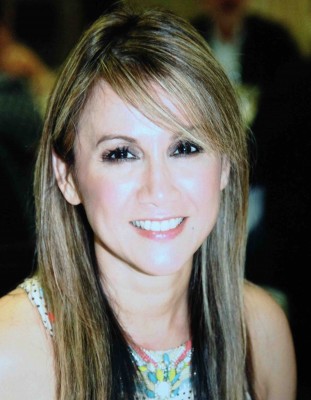Review
The work of Marcos Santos Espinel rescues that occasion of the crisis of representation, the moment in which the image of the artwork deviated from the course, totally distancing itself from the figurative representation to approximate to another unidentifiable, an issue that still seems to astonish us.
I intuit that we still feel shaken by the art that questions the uniform criteria of representation and the illusionistic reproduction of images. In a world highly run by canons, formulas, theories and models, the abstract as a narrative sphere often results in challenges, however, it is suitable and timely to conquer alternative discourses of communication.
The work of Santos fairly activates these unconventional interpretation criteria, his expressive use of painting is discovered in the relationship with the spectator, in it he brings us his explicit desire to awaken a sensitivity and the promise of new readings, i.e., infinite opportunities of interpretation.
The intensity of expression is central to his work, it comes to a free painting in which the strength of the emotions is handled diligently through color, indeterminate forms, the emancipated brushstroke, imprecise brushstrokes and the gestural trace.
Marcos Santos painting is like one of the most famous representative painters of Abstract Expressionism, Robert Motherwell, would describe: “Painting without prejudice, for smart, sensitive, passionate beings, is a process envisioned as an adventure,” (Catalogue of The School of New York exhibition, 1951), or as the artist himself explains, “it is nothing concrete as peace, tranquility, hate, but some of that.”
Biography

The Guayaquil born Johanna Pazmiño-Lasner is currently studying her senior year, majoring as a Bachelor of Arts, with a specialization in Curation and Art Criticism at the Espiritu Santo University (UEES) of Guayaquil. Johanna also unfolds as an emerging artist, self-taught in mixed technique and a variety of materials such as glass, ceramics, charcoal and paint.
For more than 12 years photography has been for her a privileged environment in the exploration of photo manipulation and a source of conceptual research of social and psychological issues.
Much of her work is influenced by her early studies in London, in the field of interior design and special effects techniques in painting; in it, she discovered the importance of the process as a probing strategy, of internal development and a manifestation of creative phases.
In 2014, she contributed under the curatorship of the exhibition “305 megapascals,” by the Colombian artist Klaudia Muñoz, presented at the Museum of Anthropology and Contemporary Art (MAAC for its Spanish acronym). This year, Johanna participates as a judge of the illustrations contest of the Guayaquil poet Medardo Angel Silva.
Her interest in cultural diversity has led her to Haiti and Guatemala, where she has collaborated in several assistance missions for poor communities. Traveling is another of her passions. She learned French in Vichy, France, and has resided in Canada, England and the island of Saint Kitts and Nevis, she currently lives with her family in Pittsburgh, United States.
